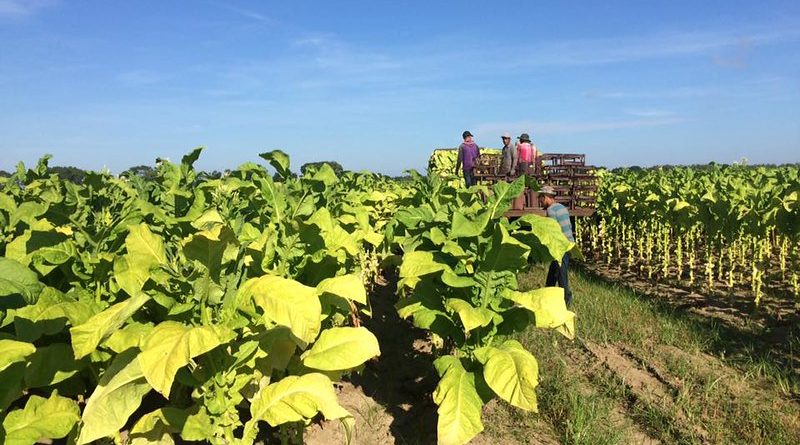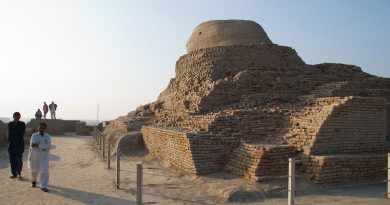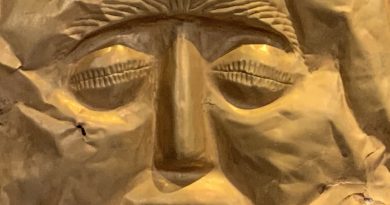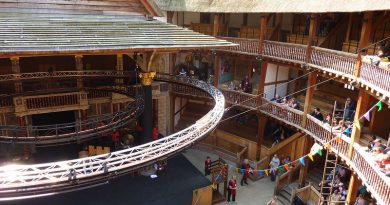The History of Tobacco in the Mid Atlantic States
Throughout the Mid Atlantic states there are many sites and events which showcase the region’s historic role in the tobacco industry . Here are some of them:
- THE JAMES RIVER BATTEAU FESTIVAL
The James River Batteau is a flat bottomed boat which was used to transport tobacco from areas of Central Virgina to Richmond during the late 1700’s. The boats were generally from 6-8 feet wide, 40-50 feet long and were constructed of white oak. The festival the important role these boats played in Virginia history. Dozens of boats take part, reliving the river trade of the 1700’s when the James River played a major role in getting tobacco and other goods to Richmond.
WEB: http://vacanals.org/batteau/index.html
- HISTORICAL PARK, VA
Tobacco Barn & Planter’s House:
Step into this 1616-1622 Virginia farm and explore John Rolfe’s world of tobacco culture through typical house, barn, and tobacco farm. Experience the world of extraordinary labours in farming and domestic skills. Henricus interpreters demonstrate a variety of essential period skills from hearth cooking, sewing, laundering and soap making, to planting and harvesting.
Discover how agriculture and trade affected the economics, politics and everyday lives of 17th-century Virginians. Learn about John Rolfe, who introduced Spanish tobacco to mainland America, and how tobacco became the colony’s first successful commercial export. Colonial trades such as lumber, silk, fur, sassafras and wine-making are explored through family-friendly historical
3.CLAUDE MOORE COLONIAL FARM: MCLEAN, VA
TOBACCO HARVEST
All summer, the farm family has carefully tended the tobacco crop, which they use to pay the rent and to purchase goods not produced on the Farm. Now that the leaves have ripened, harvest time is here. Help the family clean the leaves, and watch how they cut and split the stems. Help gather the cut plants and hang them on tobacco sticks to cure. (Weather permitting – call ahead)
WEB: http://www.1771.org/ev_tobac.htm
4.ANNUAL PIPE & CIGAR SMOKERS’ EXPOSITION & CELEBRATION
Richmond, Virginia, The Tobacco Capital
This smokey expo in October celebrates pipes and tobaccos. Sample tobacconists’ blends, marvel at pipe craftsmen and artis’s creations, and get all of your tobacco-related questions answered by tobacco experts. Exhibit you own collection of pipes and smoking related ‘tobacciana’, or just come and enjoy the exhibits, events and camaraderie! And, yes, you can smoke in the exhibit hall and smoking lounge.
WEB: http://www.corpipesmokers.org/expo.html
- FOUNDATION – THE NATIONAL COLONIAL FARM (ACCOKEEK, MD)
Outdoor living history museum which depicts life for an ordinary tobacco planting family in Prince George’s County in the 1770s. Unlike life at George Washington’s estate of Mount Vernon, the majority of colonialists were poorer planters, tenant farmers, indentured servants, and slaves.Structures located within the site include a circa 1770 farm dwelling, an 18th century tobacco barn, a smokehouse, and an out-kitchen. The kitchen garden features 18th century varieties of herbs, flowers, and vegetables. Historic varieties of field crops such as “Orinoco” tobacco, “Virginia Gourdseed” corn, and “Red May” wheat are cultivated on a seasonal basis and are the source for much of the farm’s heirloom seed stock. TheFarm is a recognized leader in the field of historic plant preservation.
WEB: http://accokeekfoundation.org/visit/directions-hours/
6.MOUNT VERNON: GEORGE WASHINGTON’S TOBACCO PLANTATION
During the 45 years George Washington owned Mount Vernon and he expanded the property from 2,000 to 8,000 acres comprised of 5farms. He embraced the life of a Virginia tobacco planter, producing a significant cash crop for export to England. Washington tirelessly sought out new ideas to improve the efficiency and profitability of his plantation. However, tobacco production was labour intensive and required alot of people to cultivate and process the crop. The tobacco plant is nutrient dense and threatened to waste Washington’s lands. It also left him vulnerable to the British tobacco trade. So he switched to Wheat which gave him total control over distribution – he even went on to sell to markets further afield, like the West Indies.
WEB: www.mountvernon.org
(More historic tobacco plantations @ Montecello, Colonial Williamsburg)
7.THE TOBACCO FARM LIFE MUSEUM, SOUTH HILL, VA
This small, homey and personal museum, is run by Pat Farrer, who as a girl grew up on a tobacco farm. The museum focuses on the lifestyle and activities of the farm family during the early 1900s and offers displays on the production of tobacco from seed to market. An authentic strip room, and hand-cut log barn are on site. Pat gives a wonderful guided tour, and the museum is beautifully done in a flavourful rustic mode.
WEB:http://www.southhillchamber.com/museums.html
8.PHILIP MORRIS MANUFACTURING CENTER (South Richmond, VA)
Largest cigarette plant in the US – every day it processes 1.2 million pounds of tobacco to produce 600 million cigarettes. Incorporated in 1902 in New York, Philip Morris & Co., Ltdbegan manufacturing its own cigarettes by purchasing a factory in Richmond, VA in 1929. By 1931 its net income had reached $3 million.
Despite the Great Depression, it became one of just a handful of companies to retain all its employees and never miss a dividend payment.
9.DEMUTH TOBACCO SHOP 114 E. KING ST. LANCASTER, PA.
The oldest tobacco shop in the nation was established by Christopher Demuth in 1770 and has been in business continuously ever since. Demuth’s Tobacco Shop is still in the original building where the company started. They did “recently” remodel though in 1917 when the shop was redesigned by the well known architect, C. Emlen Urban, and all the cabinetry imported from England.
WEB: http://www.demuthtobaccoshop.com/
10.ZIPPO/CASE MUSEUM, BRADFORD, PA
Bradford, Pennsylvania is home not just to Zippo lighters and Case knives but also to a commitment to the craft and quality synonymous with “Made in America.” At the Zippo/Case Museum, fans and collectors from across the globe gather to experience the rich history of these 2 American icons. This 15,000 square foot attraction includes the world famous Zippo Repair Clinic and Zippo/Case Store. 14 custom-made Zippo street lighters line the drive leading up to the building. Over the entrance towers a 40-foot Zippo lighter with pulsating neon flame, and an enormous Case Canoe 3 bladed pocketknife.
WEB:http://www.zippo.com/ZippoCaseMuseum/index.aspx?bhcp=1
11.WORLD’S BEST TOBACCO MARKET, DANVILLE, VA
The establishment by the General Assembly of a tobacco warehouse at Wynne’s Falls in 1793 was the beginning of “The World’s Best Tobacco Market” Virginia’s largest market for bright leaf tobacco. The village was renamed Danville by an act of the Virginia Legislature on November 23, 1793.




